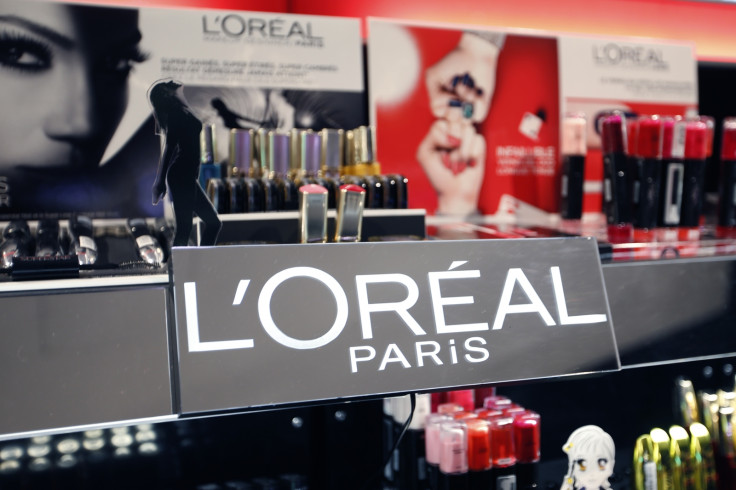L'Oreal partnering with Organovo to develop 3D printed human skin tissue for cosmetics testing

Beauty conglomerate L'Oreal has announced a research partnership with US-based bioprinting firm Organovo to develop 3D printed human skin tissue that can be used for product testing and advanced research.
Bioprinting is still in its infancy, but Gartner predicts that by 2016, 3D printing human organs could become used frequently in medical applications, and could even be banned by governments, if enough people fear the use of artificially produced human cells.
There are three stages to the research partnership – development, validation and commercial supply. L'Oreal will fund the first two phases, and if the skin tissue develop is being used for skincare products, the firm will have exclusive rights to the skin tissue.
On the other hand, if the skin tissue developed by the partnership ends up being used for other medical uses such as prescription drug testing, than Organovo can keep the skin tissue.
L'Oreal's move towards alternative testing methods
L'Oreal Group, which manages 30 popular beauty brands across the world including Garnier, Kiehl's, Lancome, L'Oreal Paris, Maybelline New York, Urban Decay and Redken, stopped all testing of any products in all of its brands anywhere in the world in 2014.
The L'Oreal brand itself stopped animal testing in 1989 however and has been researching into developing alternative methods to test products ever since, such as using ingredients from families found not to be harmful to humans, and starting EpiSkin, which uses tissue engineering to test products on in vitro cells in a laboratory.
"We developed our technology incubator to uncover disruptive innovations across industries that have the potential to transform the beauty business," said Guive Balooch, Global Vice President of L'Oreal's Technology Incubator.
"Organovo has broken new ground with 3D bioprinting, an area that complements L'Oreal's pioneering work in the research and application of reconstructed skin for the past 30 years.
"Our partnership will not only bring about new advanced in vitro methods for evaluating product safety and performance, but the potential for where this new field of technology and research can take us is boundless."
The rise of 3D bioprinting
Organovo, based in the US, designs and creates living human tissue using its proprietary 3D bioprinting technology to print cells that can grow into human organs.
April was a big month for the firm, which announced that it had developed the exVive3D liver model – 3D printed kidney tissue that could be used to assess human kidney toxicity, even though they were too small to be used for liver transplants.

Following this announcement, Organovo signed a major multi-year deal with pharmaceutical giant Merck & Co, which wants to use the NovoGen Bioprinting system and the exVive3D liver model to develop new medicines.
Yale University's School of Engineering & Applied Science and Department of Surgery are also currently researching bioprinted organs with Organovo with the aim of creating entire organs that can be transplanted.
"Most people do not yet realise that research is underway which involves not only printing non-human cells, but also merging human cells with non-human cells. We think that once folks begin to realise, depending on their backgrounds, there will be some who will be concerned about this possibility," Gartner research director Pete Basiliere told IBTimes UK in January 2014.
"Most of the [bioprinting] research is being done in universities and start-ups. It's not really ready for the big time yet and in some cases, the research is far ahead of government agency approval. Government agencies need to be aware of the developments in this research."
© Copyright IBTimes 2025. All rights reserved.






















